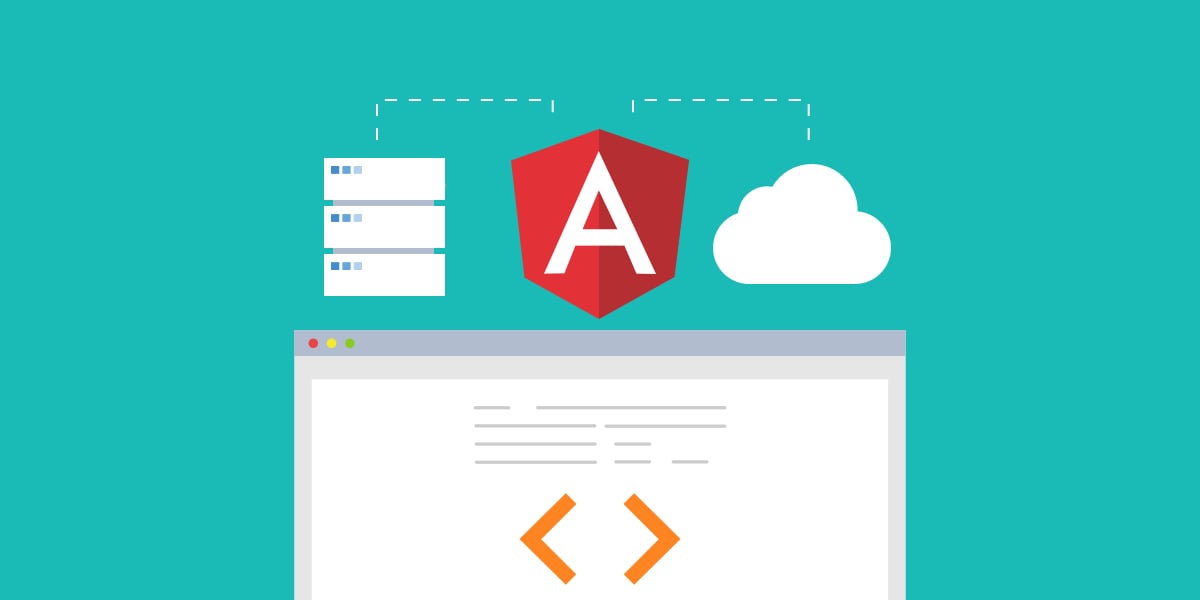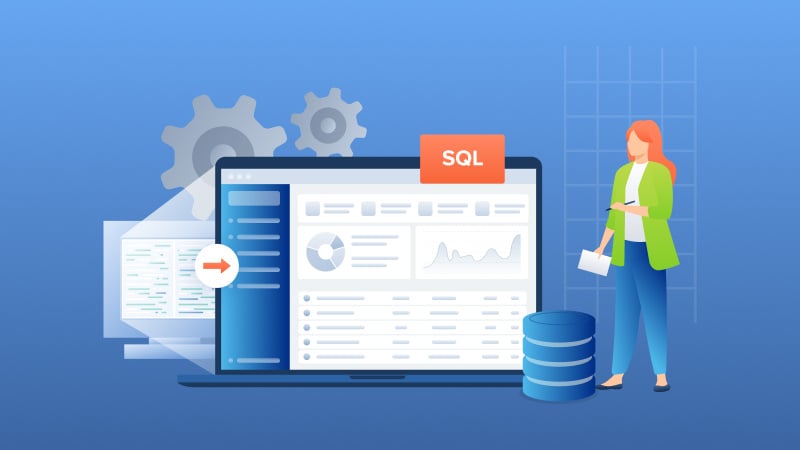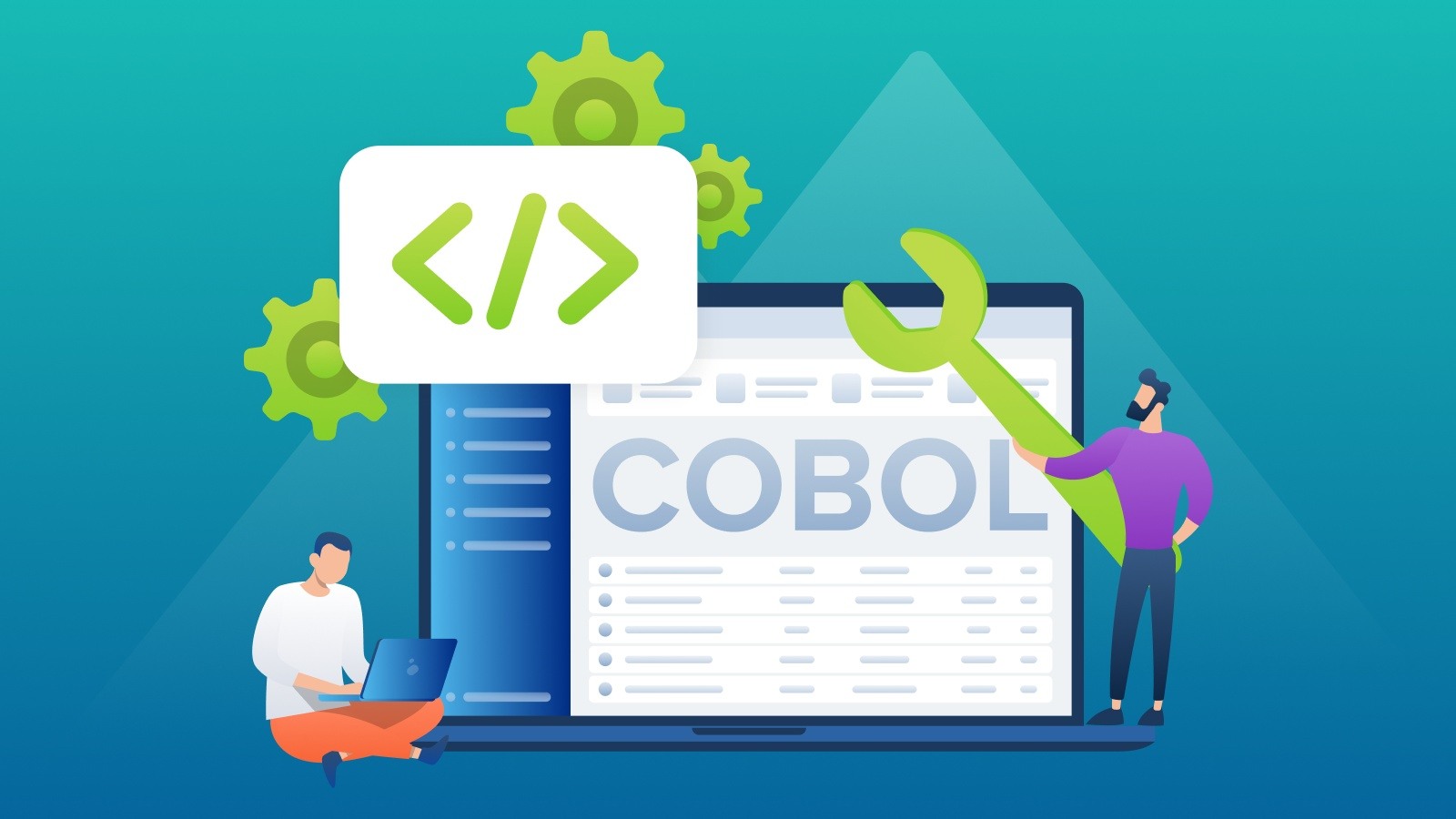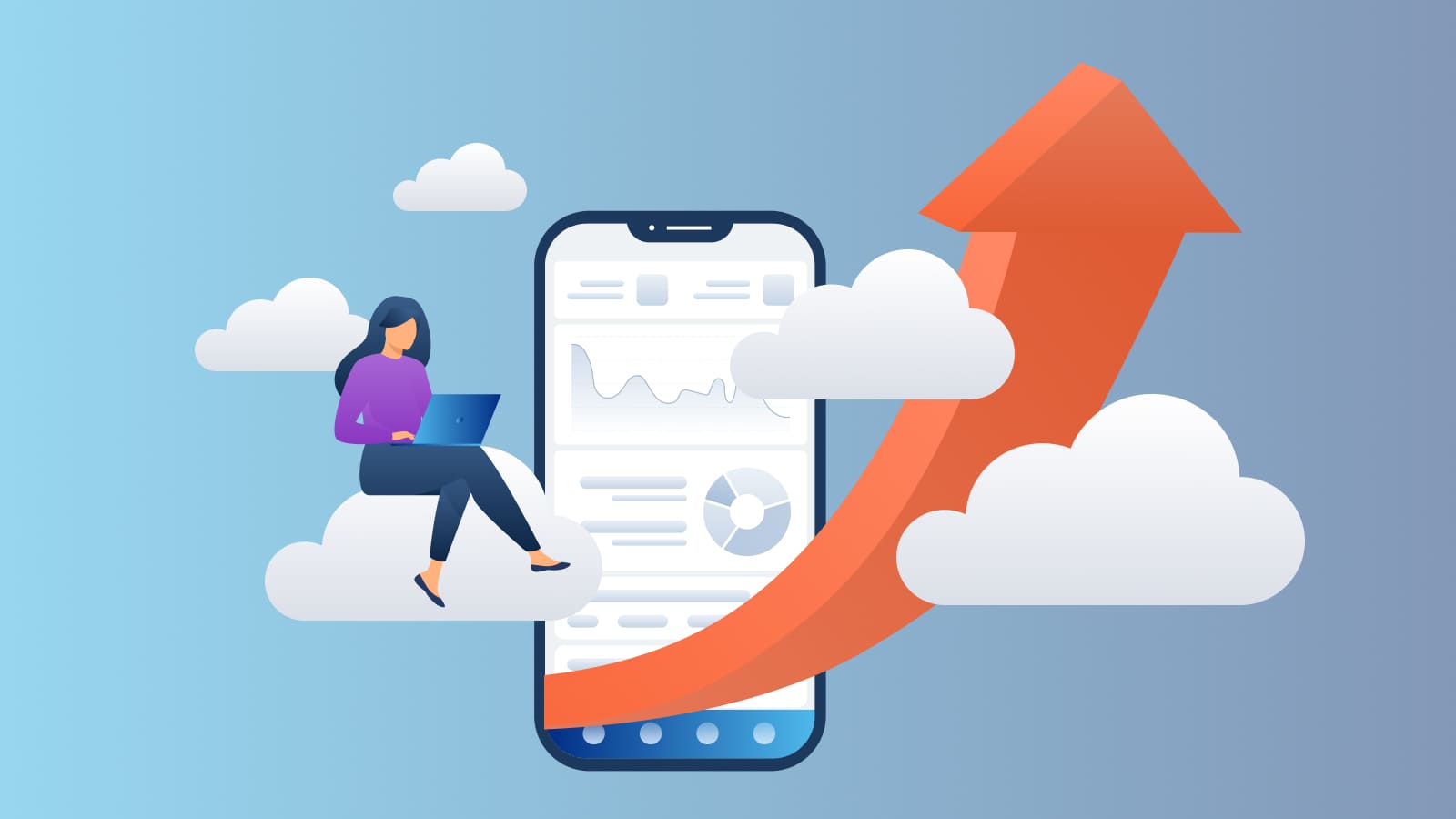Why Migrate from Btrieve to PostgreSQL and other Relational Databases?
Introduction Many independent software vendors (ISV) and corporate users still rely on applications that use a category of database collective called...
1 min read
 Oliver Nelson
:
May 29, 2020 2:01:24 PM
Oliver Nelson
:
May 29, 2020 2:01:24 PM

For building modern web applications, developers need to become proficient in Javascript. Since so much of the application revolves around creating a great user experience and rich UI, building everything from scratch in plain Javascript is not practical. That is why you need Javascript frameworks that provide developers an easy way to build web applications.
In this, webinar, we cover Angular, which is a very popular and easy to learn Javascript framework. Angular makes it easy for developers to build efficient and scalable Single Page Applications (or SPAs). Angular applications are made up of modules, components, services, filters, and directives.
Thriftly is an API development platform, that makes the development and deployment of APIs trivially easy to accomplish. You can get an API running in any of the supported programming languages in a matter of minutes. Thriftly also handles a number of things to reduce the complexity of building a modern application such as the ability to add a login function and “session style ” validation using JWTs.
In this webinar, we show you how to build a modern web application front end using Angular and the Thrifty APIs we built in this webinar series: Generating Revenue With Hybrid Cloud Applications And On-premise Data.
To get started with Angular development, you will need a modern code editor (like VS Code), NodeJS and NPM installed globally, and a browser to test on. Through Node’s package manager (NPM), Angular and all its dependencies can be brought into your workspace. After the dependencies have been installed, you can use Angular’s built-in Command Line Interface (CLI) to create your first application. The CLI can be used for many functions like creating new components, serving the app locally, and building the app for production.
We're pleased to offer this webinar replay. Let us know your thoughts about hybrid cloud applications by providing your comments or reaching out to us!

Introduction Many independent software vendors (ISV) and corporate users still rely on applications that use a category of database collective called...

COBOL applications are the foundation of numerous essential business functions, especially within the banking, insurance, and government sectors....

Imagine breaking free from the constraints of old, monolithic systems and embracing the agility and innovation of cloud-based solutions.